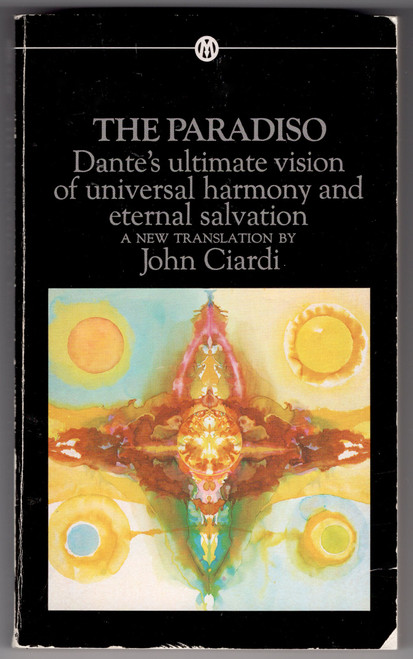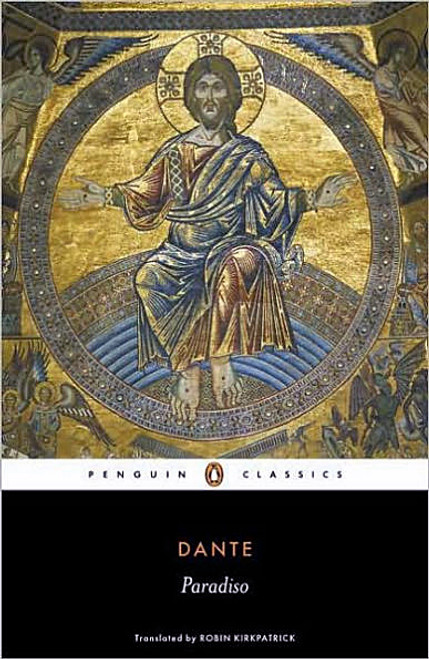This Side of Paradise is the book that established F. Scott Fitzgerald as the literary light of a new generation. Published in 1920, when he was twenty-tree, this book unofficially ushered in the Jazz Age. The most celebrated novel of American undergraduate life, This Side of Paradise catapulted Fitzgerald to fame and financial success. Upon publication, The New York Times called it "as nearly perfect as such a work could be." The story of Amor Blaine--from prep school to Princeton, from his moral education to his sexual awakening--it follows this young "romantic egotist" to the beginning of his quest for a great destiny. Partly autobiography and self-consciously literary, This Side of Paradise was credited with having invented the American flapper; some newspapers even claimed that girls used it as an instruction manual.
Editorial Review(s)
"This Side of Paradise is a little slice carved out of real life, running over with youth and jazz and sentiment and virile American humor--everything in short that is dear to a Princeton man (Mr. Fitzgerald himself), or a Yale man, or a Harvard man, or just any kind of man." --The Harvard Connection
About the Author
Author of the widely lauded novel The Great Gatsby,as well as This Side of Paradise, The Beautiful and the Damned, and Tender is the Night, F. Scott Fitzgerald is best known for chronicling the excesses and tribulations of the Jazz Age. One of the leading authors of the post-World War I "Lost Generation," Fitzgerald often invokes themes of youth, beauty, and despair in his books and short stories. He was also known for his hard-partying lifestyle, as well as his marriage to the beautiful yet troubled Zelda Fitzgerald.







